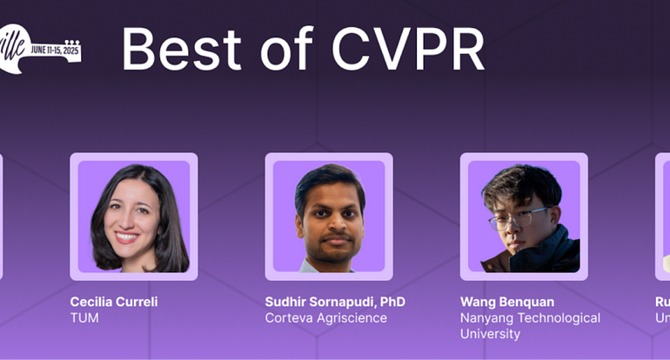Medium
1d
226

Image Credit: Medium
The Best of CVPR 2025 Series — Day 1
- The "Best of CVPR" virtual meetup and blog series highlights research in computer vision, aiming to connect it to real-world problems and showcase its potential impact on communities.
- OpticalNet, an AI benchmark introduced in CVPR 2025, breaks traditional optical resolution limits to enable affordable, non-invasive subwavelength imaging for various applications.
- SkeletonDiffusion, a latent diffusion model for human motion prediction, introduces structural awareness for more realistic and accurate forecasts, benefiting applications like autonomous driving and healthcare.
- A lightweight, few-shot adaptation of the Grounding-DINO object detection model is tailored for agricultural tasks, allowing accurate detection with minimal annotated data.
- Drive4C, a benchmark for language-guided autonomous driving, exposes weaknesses in current large language models, emphasizing the need for improvements in spatial, temporal, and physical understanding.
- The showcased papers emphasize the necessity for AI systems that can reason, adapt, and explain, especially in high-stakes domains like healthcare, agriculture, and autonomous driving.
- CVPR 2025 encourages deeper thinking with vision beyond just improved imaging, focusing on developing systems that reason effectively. Stay tuned for more insights in the upcoming days of the series.
- Connect with the author on LinkedIn for further AI discussions and growth opportunities. Explore Voxel51 events and job openings for potential involvement in the field.
Read Full Article
13 Likes
For uninterrupted reading, download the app